There’s something magical about a par three. Whether long or short, holes branded with a “3” on the scorecard are exhilarating. There’s potential for heroic shots, for calamity, and almost everything in between.
“Par threes are the most important thing about a golf course,” Mike Keiser once said shortly after he toured the site of Point Hardy Golf Club, a Coore & Crenshaw-designed course that serves as the foundational amenity for the Cabot Saint Lucia property. “Par threes are what we remember because it’s only one shot. And the par threes here are as good as anything that you have dreamed of.”

In particular, Point Hardy features two back-to-back par threes—the 16th and 17th holes—which Keiser thinks comprises one of the greatest sequences of golf holes in the world, especially if you factor in the dramatic par-four 15th and par-five 18th holes that bookend those two one-shot marvels.
No matter how you play a par three during your round—whether you conquer it for birdie, you scramble to save par, or you give one or more shots back to the course—you always want another crack at it. When golfers near the end of their rounds at Point Hardy, they’ll get that opportunity right away. Spotlighted here are 10 other courses where an exhilarating one-shot hole is followed immediately by another.
Cypress Point Club—Pebble Beach, Calif.
From tee boxes perched 60 feet above a cove along the jagged Pacific coastline, golfers will have a short iron or possibly just a wedge in hand when they ready themselves to hit tee shots on the 15th hole at Cypress Point. The sea churning dozens of feet below might mimic the anxiety that many players feel as they look out at a boomerang-shaped green located no more than 135 yards from the back tees and guarded by six sprawling bunkers, but they should relish this opportunity. After all, they have a “scoring club” in their hands.
Such is not the case when they reach the teeing grounds for the 16th hole. At 233 yards from the tips, this par three could easily be considered a short par four. In fact, Alister MacKenzie had contemplated making it just that. But as the story goes, MacKenzie sought the counsel of Marion Hollins, a female champion amateur golfer. The course architect was of the mind that most male golfers wouldn’t attempt to go for the green with their tee shot and would instead lay up to the sliver of fairway that wrapped its way around the cliffs on the left. Hearing this, Hollins reportedly teed up a ball and with her driver, knocked her first shot to the center of where the green currently rests. The rest, as they say, is history.
Pacific Dunes—Bandon, Ore.
Although many of the courses on this list are older than Tom Doak’s first track built in collaboration with Mike Keiser, Pacific Dunes is perhaps just as influential for being the first celebrated modern course to push back against the notion that a layout must adhere to a specific number of par threes, par fours, and par fives. Case in point, the back nine features four par threes, two of which open the inward stretch of holes.
Not unlike MacKenzie’s work at Cypress Point, the consecutive par threes that Doak designed shine in succession for all of the ways that they differ from each other. Although long—more than 200 yards from the tips—the 10th hole offers bailout areas, especially short of the green. That doesn’t make the hole any bit a pushover, however—not when you factor in the elevated tee boxes (notably from the back tees) and also the prevailing Pacific wind, which gusts in and off the left.
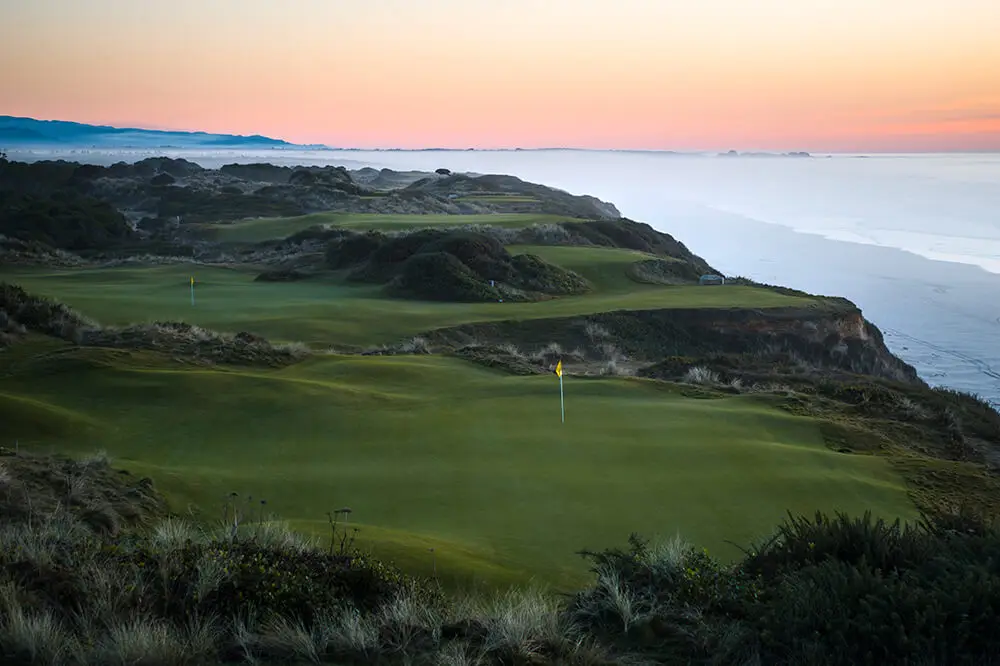
The 11th hole, conversely, would appear more gettable. After all, it plays no more than 150 yards, but the green is guarded on all sides by a slew of adequate defenses—native beach grass, bunkers, and gorse. To make matters worse, the putting surface is also the smallest on the course.
Spring Brook Country Club—Morristown, N.J.
If you relish the idea of playing two par threes in a row, you’ll really enjoy a round at Spring Brook, where the front nine ends with a par three and the back nine begins with two more. There’s an old adage about bad things occurring in sets of three, but I like to think more optimistically about the outcomes that this trio of one-shot holes can produce. That being said, this trifecta of golf holes, known as “The Gauntlet,” begins with a medium-long par three named “The Graveyard,” which features an expansive water hazard that must be carried off the tee. On this hole, with its green positioned diagonally away from the golfer and an alcove of water extending up much of the right side of the green complex, shots that drift too far to the right can easily find a watery grave.
The 10th hole, “The Bowl,” is almost equally long as the 9th and also requires a forced carry over water. Although shots hit to the right don’t need to fly quite as far to reach dry land as they do if they’re hit to the left, there’s less discrepancy in total yardage based on the direction of a tee shot. The typical headwind, however, makes those tee shots a bit more nerve-racking.
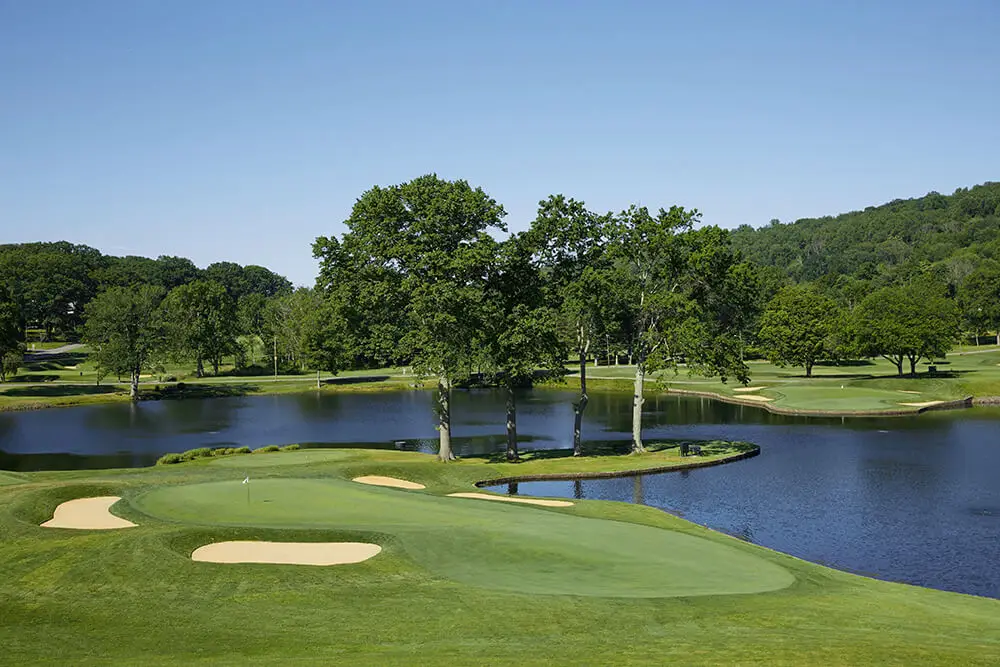
And then there’s the 11th hole, aptly named “The Last Hope.” Although water isn’t a prominent obstacle here, the long par-three plays uphill the entire way, with three deep bunkers guarding the front-right section of the green. If you’ve survived the previous two holes, just know that the 11th, measuring almost 200 yards, has historically played as the most difficult par three on the course. You’ve been warned.
Cruden Bay Golf Club—Cruden Bay, Scotland
The 15th and 16th holes at Cruden Bay on Scotland’s northeast coast are two par-threes that collectively encapsulate the uniqueness of links golf. The 15th measures 195 yards from the back tees and wraps itself around a mountainous dune, creating a blind shot to the green. The putting surface, itself, is uncomplicated and relatively flat. Golfers will also rejoice for the hole’s lack of bunkers. Successful tee shots here are likely to take one of two forms—they’ll either curve around the dune, starting out over the stretch of fairway to the right (a layup area for those who don’t want to go for the green), or they’ll take a more direct line hit over the bottom section of the dune’s steep hillside.

The 16th hole, by contrast, features elevated tees and an exposed green complex positioned as much as 172 yards away from those teeing areas. What you see is what you get on this hole, but that also pertains to what you can feel, as the exposed nature of this hole means players are at the mercy of the wind. Needless to say, golfers who play both holes in a combined six shots or less have either demonstrated considerable skill or they’ve gotten very lucky. If I had to guess, it’s a combination of the two.
Ballybunion Golf Club (Old)—Ballybunion, Ireland
When golfers reach the midpoint of the Old course’s back nine at Ballybunion, they’ll encounter two par threes that might as well be golf’s odd couple for how different they look and play. There’s a bevy of visual characteristics to the 14th that could all aptly explain the hole’s “Camels Back” name. The broad landscape of dunes in which the green complex sits resembles the multiple humps of a camel; however, the name could also describe the putting surface itself, since it runs off steeply on both the left and right. Playing slightly uphill, this short par three is only 130 yards long from the back tees, but the dancefloor is anything but welcoming.

The next hole, “Black Rocks,” plays in almost the exact opposite direction, though that’s just a scratch of the surface regarding how these two holes are distinct. Unlike the previous par three, the 15th hole plays slightly downhill to a green partially obscured by mounding on the left, but the contours of the green complex are more likely to offer a helpful bounce than a hurtful one. Golfers may feel more confident on the tee box of the 14th, but lower scores are likely carded on the 15th, even when having longer clubs in their hands.
Newport Country Club—Newport, R.I.
Those lucky enough to tee it up at Newport will enjoy a round on a classic A.W. Tillinghast creation, one teeming with Golden Age architectural features. Such is definitely the case when players arrive at the 13th hole, a par three that plays about 150 yards from the members’ tees, albeit uphill and to a narrow green that slopes left to right and is guarded by six bunkers. Like so many short par threes on turn-of-the-century links courses across the pond, Newport’s 13th demands accuracy off the tee. A wayward shot will almost assuredly yield a challenging recovery.
The 13th at Newport Country Club, the first of two back-to-back par-3s pic.twitter.com/TpDdzTUwKG
— LinksGems Golf Photos (@LinksGems) December 9, 2015
From the 13th green, golfers make their way around the stately clubhouse and arrive at the tee box of another par three, this one a 190-yard wonder that features a classic Redan green. It’s a beautiful tee shot—especially in mid to late summer when the field of golden fescue that separates the teeing ground from the green is at its peak. But don’t let the hole’s beauty from the tee distract you from the dangers. Most notably, the bunker guarding the front-left portion of the green is deep, but like most Redan holes, the green complex will funnel to the left shots that are hit conservatively to the right side of the putting surface.
Pelican Hill Resort (South)—Newport Coast, Calif.
You might say the back nine of the South course at Pelican Hill is highlighted by two-and-a-half par threes, which play back-to-back. That’s because the 13th, a short one-shotter, features two separate green complexes, one of which plays only 108 yards from the back tees, the other just 131 yards. Separating the two is a vast desert of sand, making accuracy paramount—no matter which green is in play. Ocean breezes also routinely come into play, making those already petite targets look and feel even smaller.
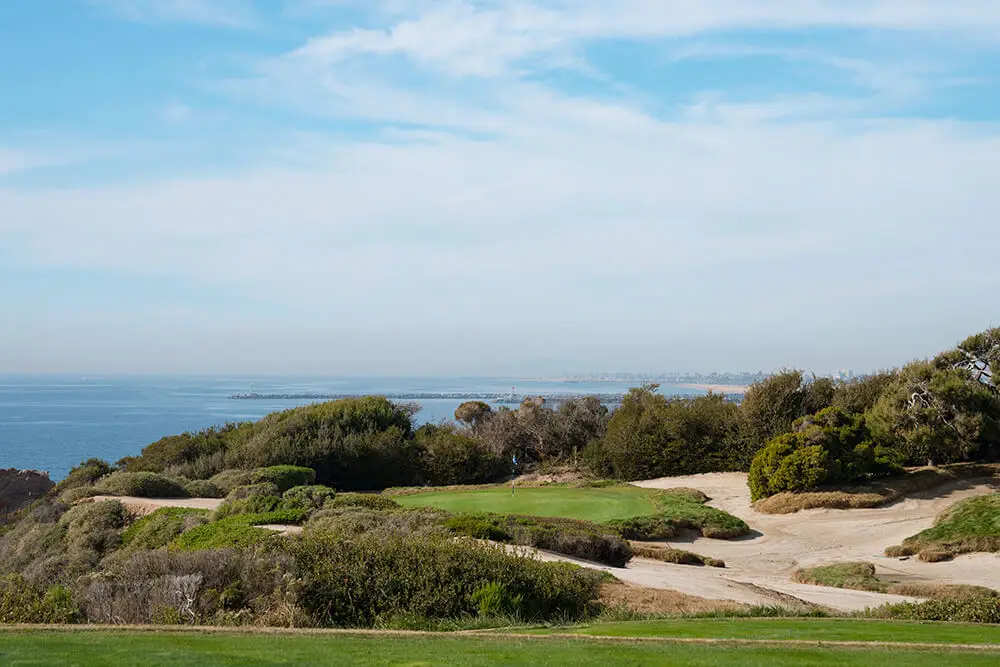
Fortunately, you’ll already have some experience dealing with the wind, as the prior hole also plays west along Crystal Cove State Beach. Measuring 160 yards from the tips, the 12th hole requires a bit more out of your bag, but fortunately Tom Fazio gives you more firm, grassy terrain to work with. Just account for the hole location, as the green is large enough to warrant different club selections on the tee, even in calm conditions.
Machrihanish Golf Club—Machrihanish, Scotland
As is often the case on classic links courses, the 15th hole at Machrihanish Golf Club is one of the shortest on the course, but it often plays considerably harder. That difficulty has less to do with the slope of the hole, even though its modest uphill orientation does make it play a bit longer than the number on the card. Instead, the challenge takes the form of notable crosswinds and drop-offs on either side of the putting surface. In particular, golfers who miss to the left are likely to be tasked with a pitch from the deepest collection area on the course.
Hole 15 – The Hut.
An aerial view of the first of consecutive Par 3s on the back nine. pic.twitter.com/Nicys7eyMB
— The Machrihanish Golf Club (@machgolf) October 21, 2022
The ensuing par three offers no reprieve, as the yardage guide goes so far as to suggest that players would be well-suited to think of the 16th as the shortest par four on the course. Subtle creases around and in front of the green repel shots away from the putting surface, which means most good scores on this 232-yard hole are earned by players with dialed-in short games.
Cove Club Golf Course at Cabo del Sol—Cabo San Lucas, Mexico
When you think of playing golf in Cabo, you imagine oceanfront holes and shots hit to greens perched on rocky cliffs just above the Pacific Ocean. That’s exactly what the 6th hole at Cove Club delivers. At 184 yards from the tips, the hole’s tee shot is a daunting one, especially considering the aforementioned rocky cliffs falling away just to the left of the putting surface. But a ball that draws in from the right or is hit directly up the right side of the hole offers a good chance to score.
View this post on Instagram
A post shared by EVAN SCHILLER Golf Photography (@evan_schiller_photography)
Speaking of good chances, the following short par-three 7th represents one of the best opportunities on the course for a birdie. The hole’s direction—playing due west—introduces a prevailing wind that blows either at a player’s back or off the left. Given that the hole extends no more than 140 yards, golfers will have a short iron in their hands and a helping breeze—all of which feels like an appropriate reward for players who just battled the intimidating 6th.
Crail Golfing Society (Balcomie Links)—Fife, Scotland
If your travels bring you to Fife, you’d be remiss if you didn’t venture to the easternmost point of the peninsula, where a historic layout by Old Tom Morris offers a taste of traditional Scottish golf and—as you might expect—two, back-to-back par threes.
The 13th hole of the Balcomie Links at Crail Golfing Society is both long and uphill, which means that the 214-yard measurement from the white tees doesn’t tell the whole story. In fact, it’s not uncommon for first-time players to assume the 13th is a short par four. That said, a shot hit on line with the guidepost at the top of the hill will likely find the putting surface—so long as it’s hit far enough—but as the golf club’s staff acknowledges, a bogey on this hole isn’t a shameful score, since the 13th “plays difficult on the nicest of days.”
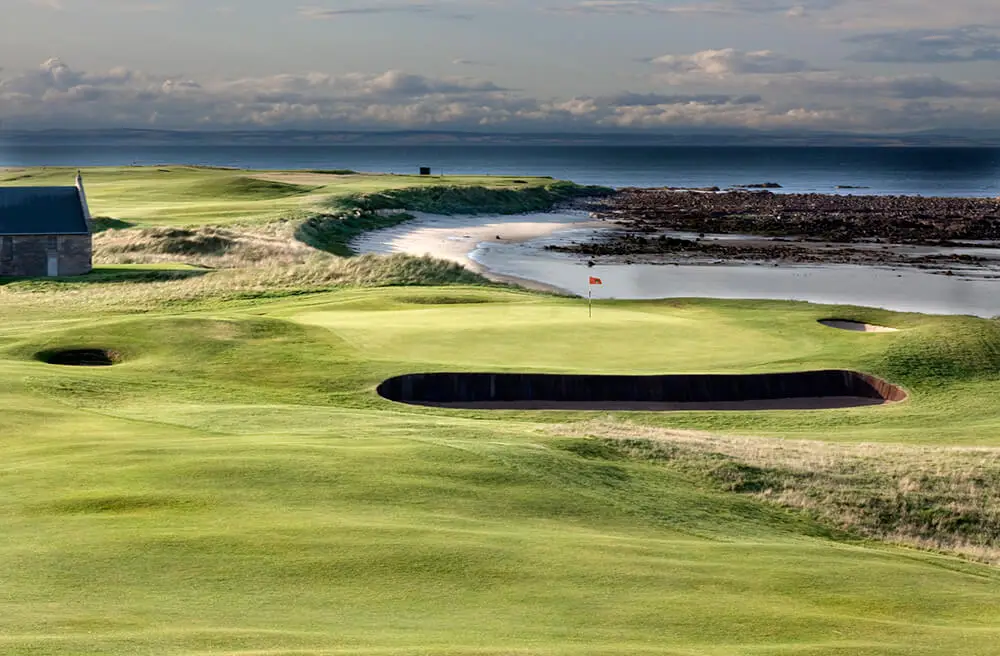
As is so often the case on courses with back-to-back par threes, the backend of Balcomie’s successive one-shot holes is, in many respects, the polar opposite of the hole that precedes it. The drop shot par-three 14th is a gettable 147 yards, and what you see is what you get. That is to say, you see the trench-like bunker guarding the front of the putting surface; the smattering of other, smaller bunkers to the right and to the left; and a crescent-shaped beach that extends away into the distance. Standing on the tee box, it’s easy to understand why the golf club considers this hole one of the course’s crown jewels.
Have you played a golf course with back-to-back par threes?


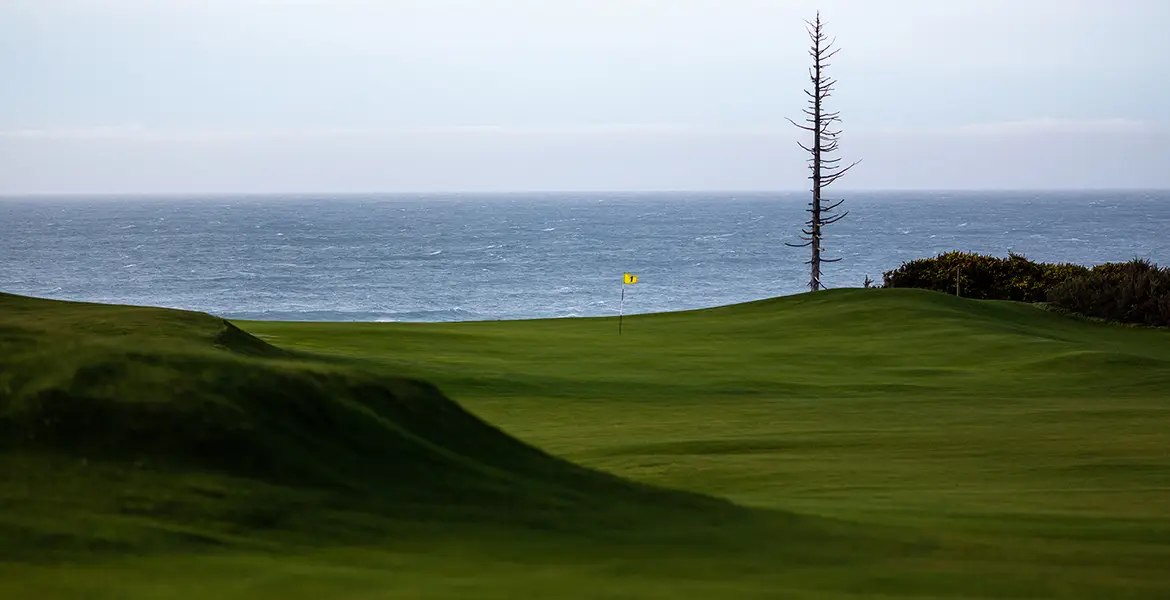
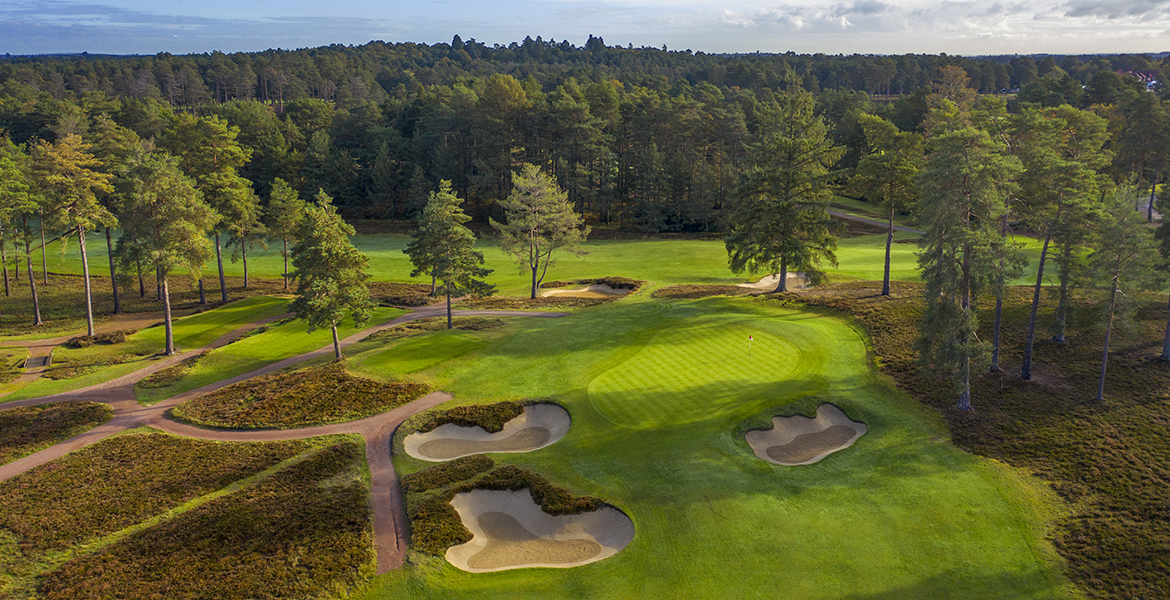
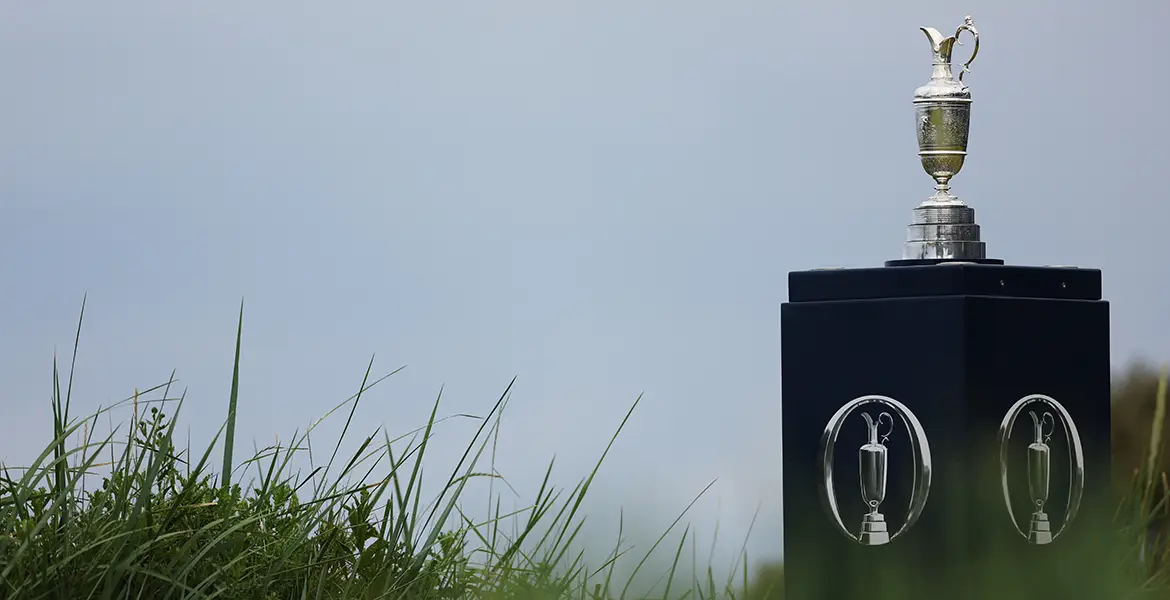


Victoria golf club in British Columbia has 2 sets of back to back par threes. Number 8 and 9 with spectacular ocean views and then 13 and the devilishly tough 14th. I bet it’s a rarity to see 2 sets back to back par threes on one course